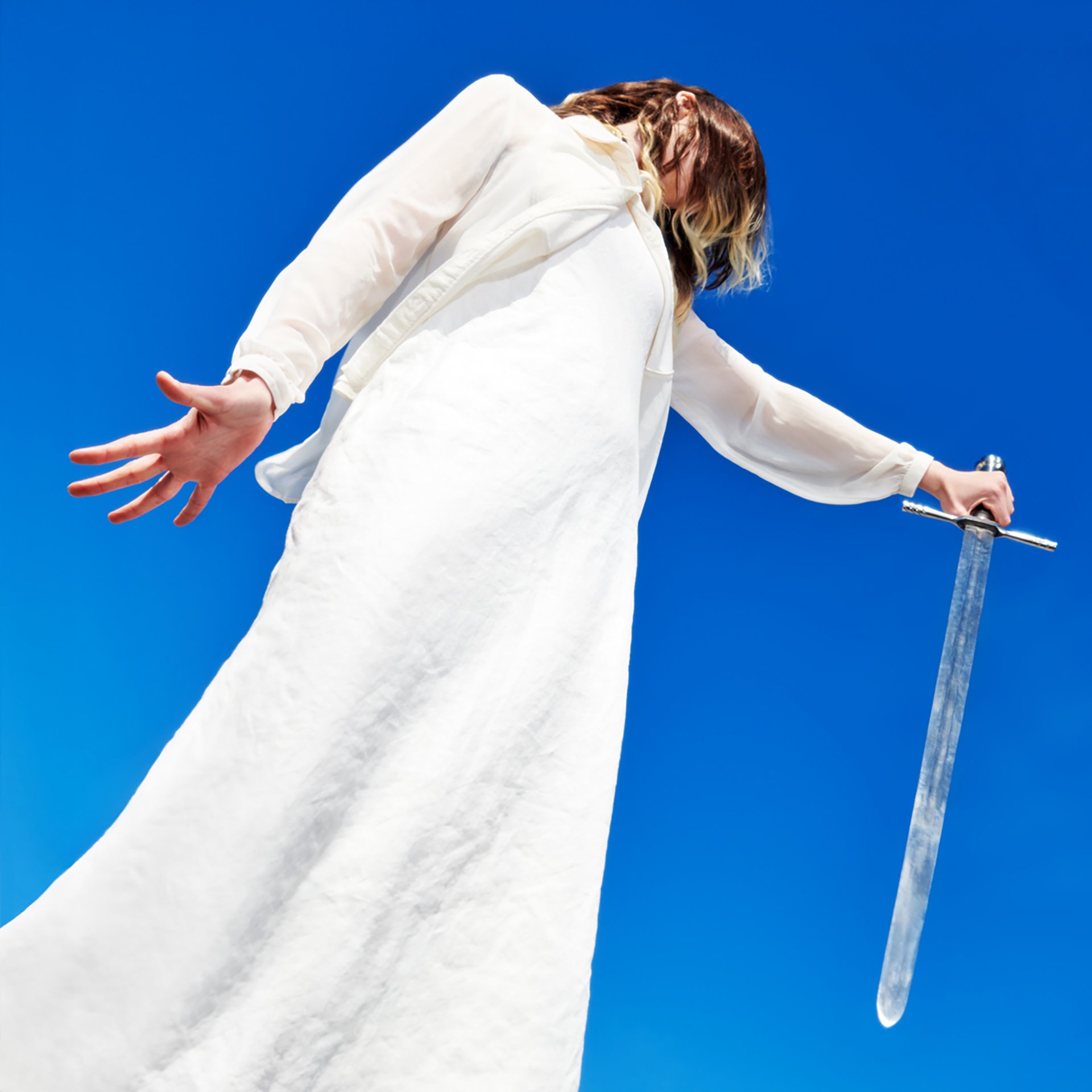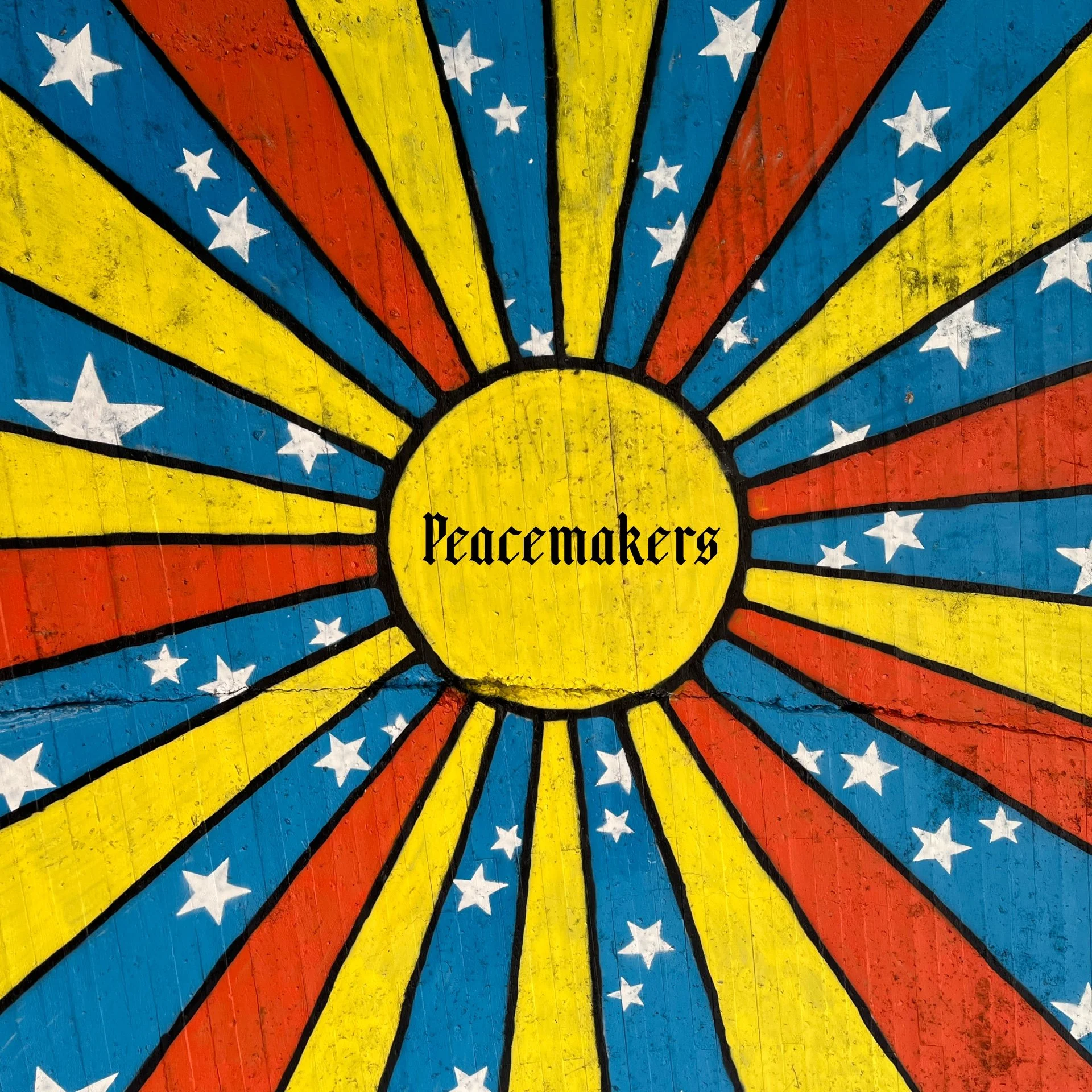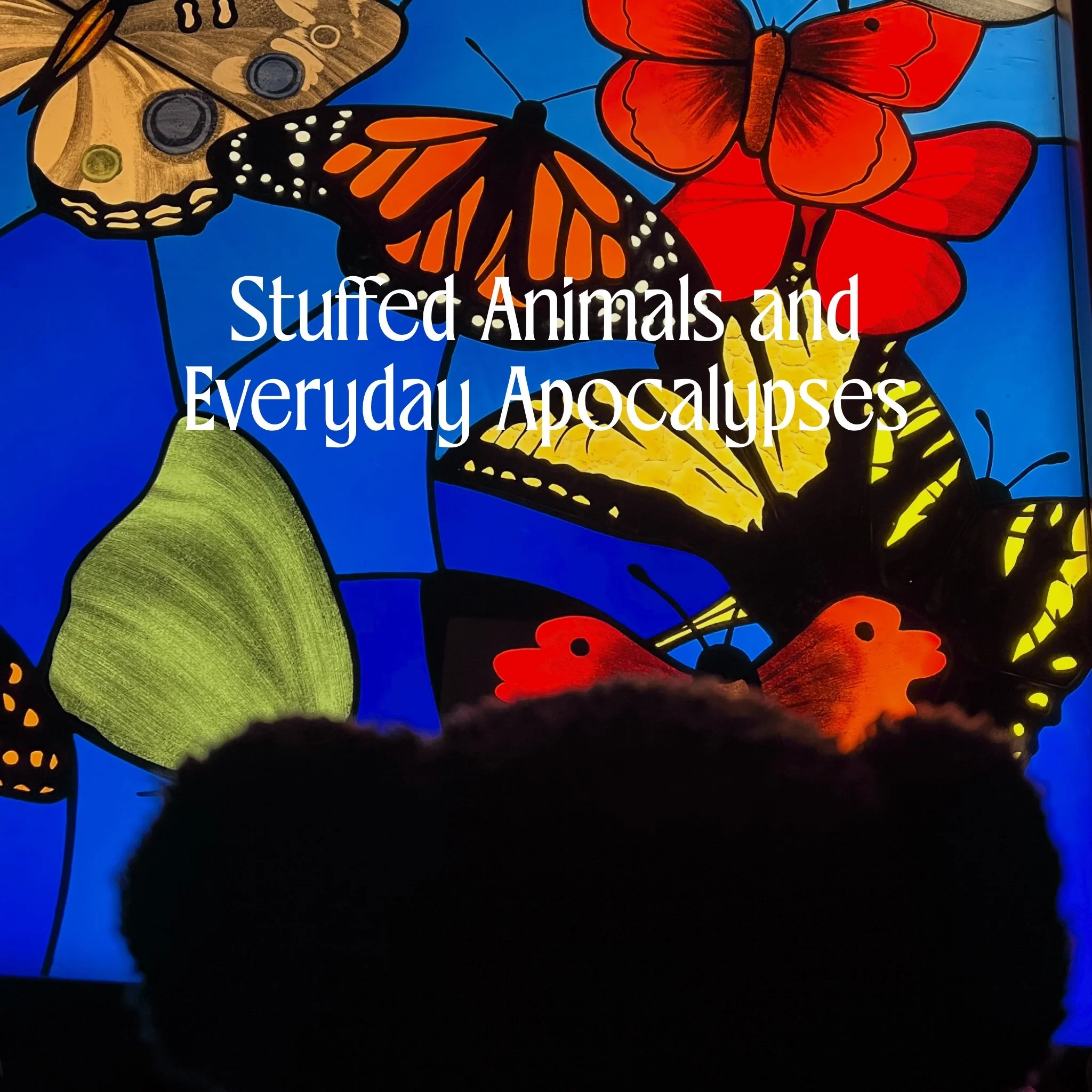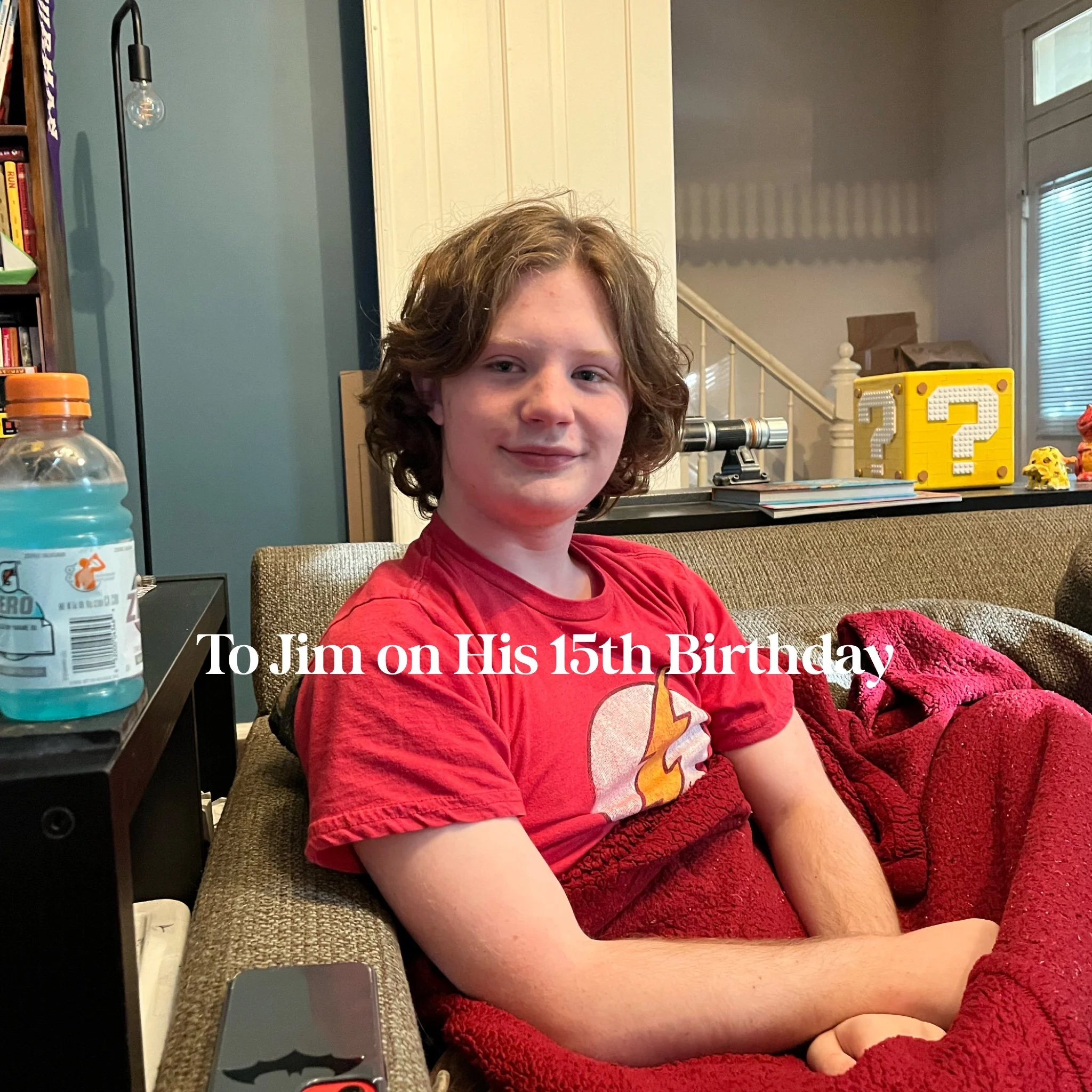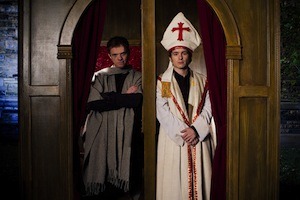 The Movie
The Movie
Blue Like Jazz starring Marshall Allman, Claire Holt, Tania Raymonde, and Justin Welborn
Written by Donald Miller, Ben Pearson, and Steve Taylor
Directed by Steve Taylor
Tweet the Plot (140 Characters or Less)
Don Miller runs from the safety of his Bible Belt upbringing for free-thinking Reed College. Hijinks, personal & spiritual reflection ensue.
Who will like it?
The question askers, the spiritually seeking, fans of crowd sourcing, those that see a bear and think, “You know, I would like to see that giant mammal riding a really tall bicycle.”
Who won’t like it?
The movie is about faith, but there are going to be folks upset that Blue doesn’t lay out the plan of salvation, plus has plenty of profanity, drinking, and drug use, and talk about sex without the sinners receiving their full comeuppance. The movie is not really for people that like tidy resolutions, people that don’t like it when Christians are portrayed as hypocrites, and people that don’t like the art of puppetry being besmirched.
Favorite Random Scene
Don tries to convince a lady in a bookstore that gardening is bad.
Favorite Shot
Don dipping his fingers into the baptismal font. I love that shot and I miss having a baptismal font whenever I enter a church.
Most Cutting Line
"Who wants some Kool-Aid?" at a Jr. High Lockout. I didn’t catch that the first time. It was almost chilling this time.
Flash-Sideways
A fun side game in the movie is that you can pretend like it’s an extension of Lost. Rousseau’s daughter plays Don’s friend Lauren and Radzinsky (one of the Dharma leaders on the island back in the 70s) plays Don’s father. The only thing that would have made it complete would be Matthew Fox playing one of Don’s church friends from Texas coming to Reed and saying, “Don, we have to go back!”
Sketches
We saw the movie when it toured about a month ago and so I came into this showing with a critical eye about a couple of the film’s aspects. One that struck me when I first saw the movie—and that has been a major criticisms in many reviews—is that several of the characters didn’t seem incredibly well fleshed out. That opinion held up on second viewing, but my perspective on that shifted as well. Miller’s original memoir was a collection of essays and while there were some characters you got to know really well (Penny, for example), others were just kind of sketched. So the way in which the more underdeveloped characters (Penny, interestingly, for example) were sketched kind of evoked the book on which the movie was based. For me at least it did.
Down the Rabbit Hole
If there was one major thing that I would change about the movie, it’s the Don Rabbit sequence that takes us from Houston to Portland. I read the book, get the reference, and actually find it pretty humorous. But I kind of suspect that sequence might confuse those that haven’t read the book. “Why’s he rabbit all of the sudden? Is there something in the Bible about rabbits running away from home? Is that why there’s an Easter bunny?” Especially since there’s the guy in the rabbit suit chasing Sexy Carrot at Reed, that scene just seems a bit superfluous.
Confession Booth
I liked the movie a lot the first time I saw it and I liked it even more the second time. The lion’s share of the credit goes to the climactic confession booth scene, which just floored me this time around. It’s beautifully written and Marshall Allman and Justin Welborn act the heck out of that scene (in fact—on second viewing—Welborn is awesome throughout). It feels real. And I know some people have said, “No, it’s not real because it’s the inevitable come-to-Jesus moment in a Christian movie.” I simply disagree. I wish I could strap on a television (flat-screen ideally) and show Don’s confession to people I know and people that have been burned by the Christian faith.
No, he doesn’t lay out the plan of salvation and, no, it is not some profound theological treatise. But it comes from a honest place. There is a nakedness and a vulnerability in that scene; the kind that starts conversations. A different kind of movie would have taken us through the entire night. All the Reedies hear the confessions and many come to know Jesus. But we end after that first conversation between Don and the Pope and then the baton is passed to the audience. The Confession Booth scene was always my favorite from the book and the writers, actors, cinematographer, everyone did an astounding job adapting that to the screen.
In Conclusion
Blue Like Jazz is not for everyone although I think it has something to say to everyone. It presses buttons. It pulls the curtain back on a life that is far from neat. That’s needed—especially for a lot of church folks—who unfortunately probably won’t see it for the messiness involved. I love the movie dearly and it resonated with both me and EA in a way the book did years ago. I don’t want to overhype it. It’s not the greatest movie ever made. It’s an indie film made on a micro-budget by some guys that are still relatively new to the cinema game. So it has its shortcomings, but nowhere near as many as it should.
I’m not going to play the, “If you’re a Christian, you have to see this movie” card. But I would highly recommend that you see it and if you want to, you need to see it soon. It’s a small independent film with a next-to-zero marketing budget. So it’s probably not going to linger in theaters very long.
Blue Like Jazz is a very good movie and one that I’m most thankful that I’ve gotten to experience.
